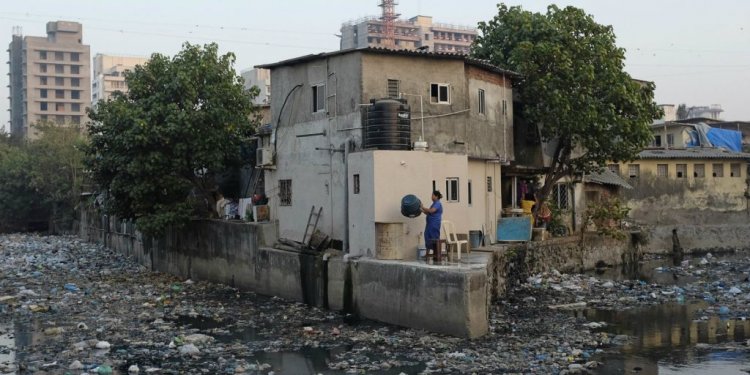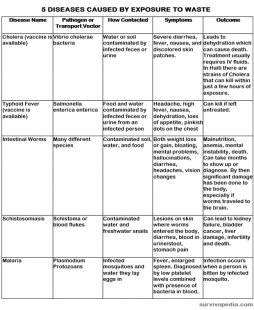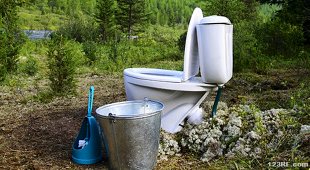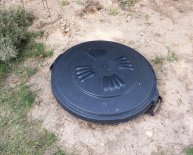
Human Waste Disposal System
 In the time after a major crisis. There will be major health problems if waste products are not disposed of correctly. Aside from increased risk of disease and illness, waste can also cause physical injury and death. While some waste can be composted, other types must be managed in different ways in order to reduce harm as much as possible.
In the time after a major crisis. There will be major health problems if waste products are not disposed of correctly. Aside from increased risk of disease and illness, waste can also cause physical injury and death. While some waste can be composted, other types must be managed in different ways in order to reduce harm as much as possible.
Why Is This SO Important??
If you think that adequate waste disposal is not important, here are just a handful of diseases that can be caused by exposure to feces, urine, or other waste.
No matter whether you consume something contaminated by these pathogens or touch a mucus membrane with infected materials, it can lead to enormous health problems and death. In a post crisis scenario, the likelihood of coming into contact with these diseases is much higher than usual.
Methods for Human Waste Disposal
Surprisingly enough, there are many diseases that infect animals that do not cross the species barrier into humans. Therefore, while you can compost cow, pig, and other types of manure, it is not safe to do the same with human feces and urine.
Outside of attempting to build a complete sewage removal system or utilizing leach lines and tanks, here are some fast ways to dispose of human waste that can be used for months and years if needed.
- Cesspools: A cesspool is a pit, storage tank, or a covered dry well that is used to dispose of human waste. Cesspools rely on sewage waster being absorbed by the land around it. Since a cesspool is not a closed system it can be over loaded by rain run off or floods. They can also be damaged by tree roots growing into them. Deep cesspools are dangerous because raw sewage can infect ground water before bio cleaning eliminates pathogens. If you are going to use cesspools, make sure water wells are uphill and as far away as possible from a cesspool.
 You should allow at least 100 feet between the well and the cesspool.
You should allow at least 100 feet between the well and the cesspool.
- Latrine: A latrine is an outdoor toilet. It may only have one hole in the ground or it might be a large trench. Some latrines have floors to stand on, seats to sit on, or footrests to balance on. Latrines may also have walls and a roof to keep out flies and bad weather. As with cesspools, latrines should be built away from rivers, streams, and other water supplies, and downhill (yet above the flood plain) in relation to water sources.
- Outhouse or Privy: Is a small outdoor pit toilet having 1 or 2 seats inside a small shed like structure with a door, a roof, and a simple vent system over a simple pit. The human waste drops below the outhouse into the pit where the waste is stored and broken down. In Vietnam, instead of using a pit, the human waste dropped into a metal pan which was removed daily, and the contents burned. When the burning pan cooled down it was returned to the outhouse or privy. This can be used in areas with high ground water level and other places where pits are not practical.
Controlling Flies and Odor
{adinserter usdeception}Once you have an area selected for human waste disposal and treatment, you will still have some issues to deal with.
In particular, the odor from even a single outhouse can be quite noxious. In addition, flies and other pests that land on feces can carry all kinds of diseases.

















